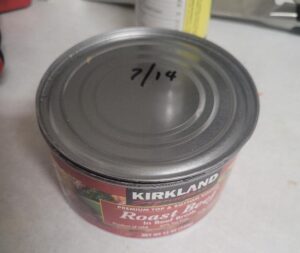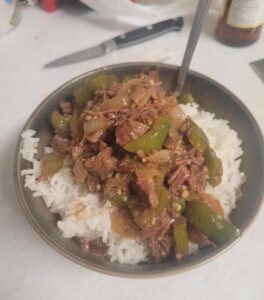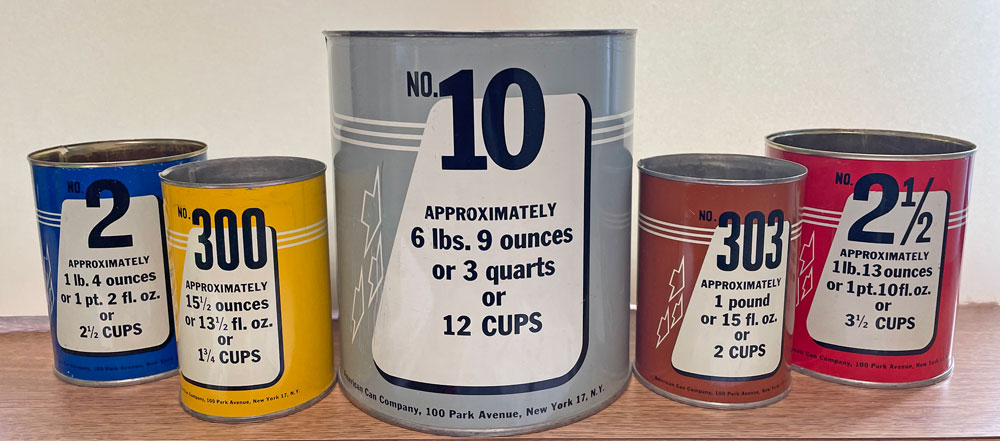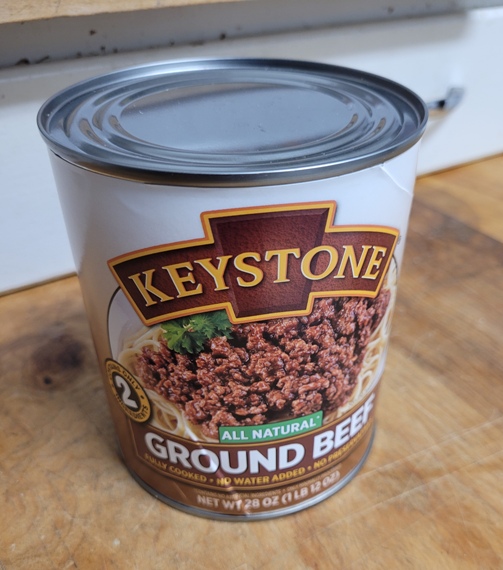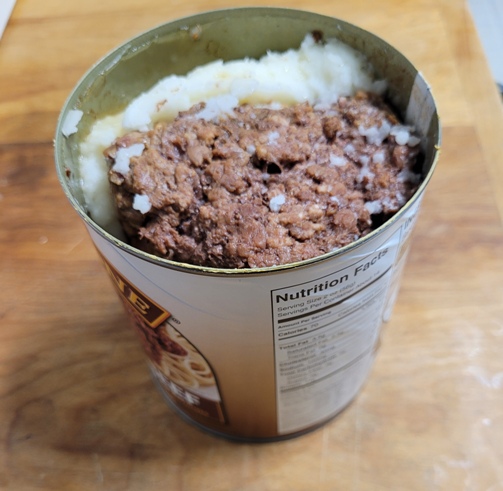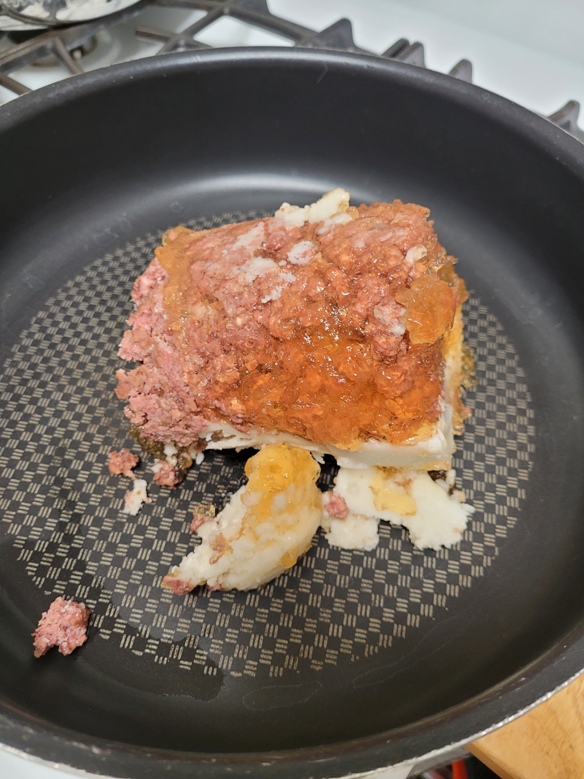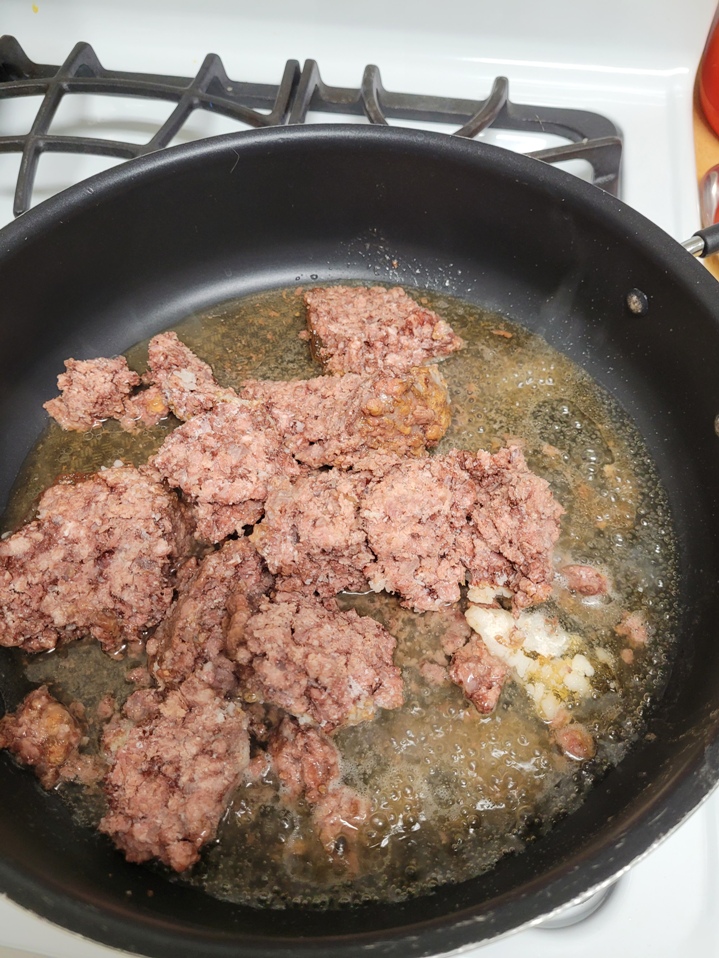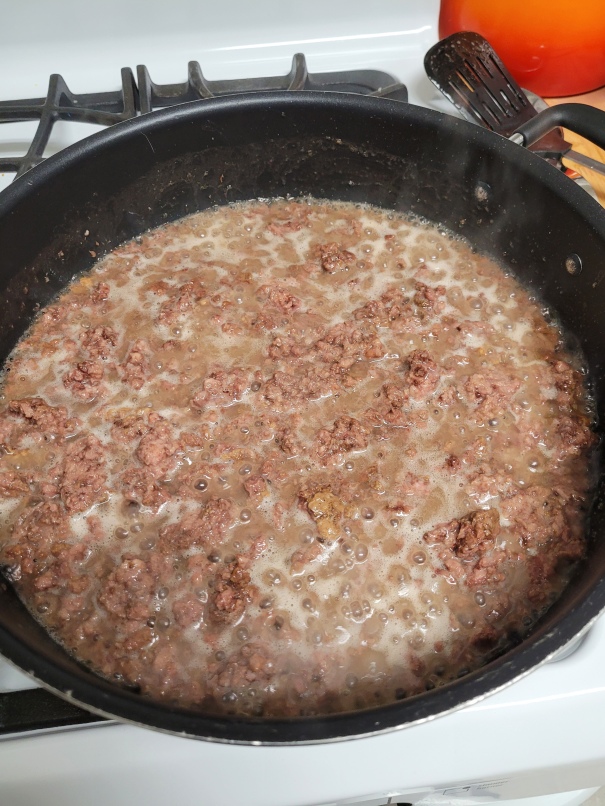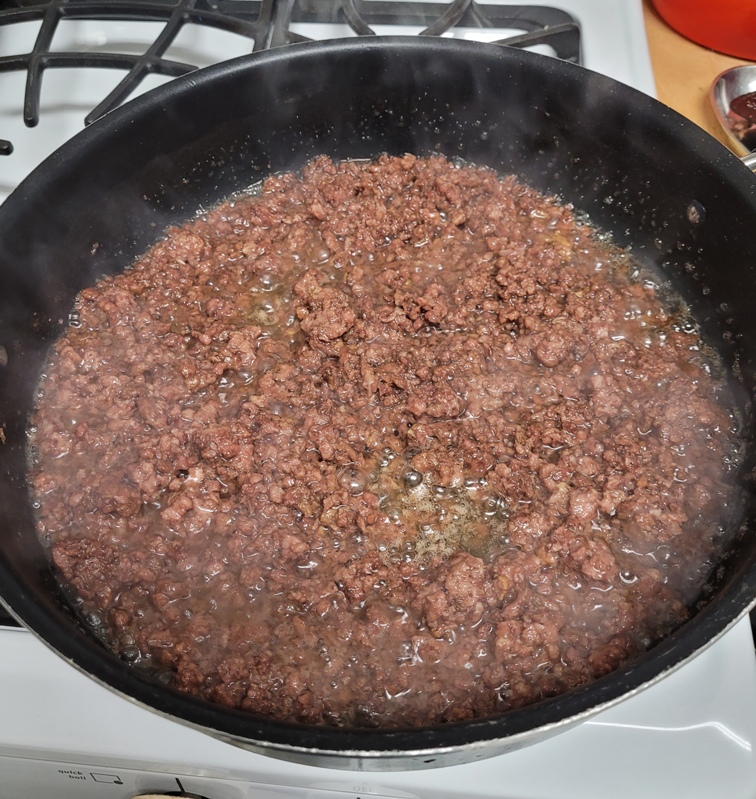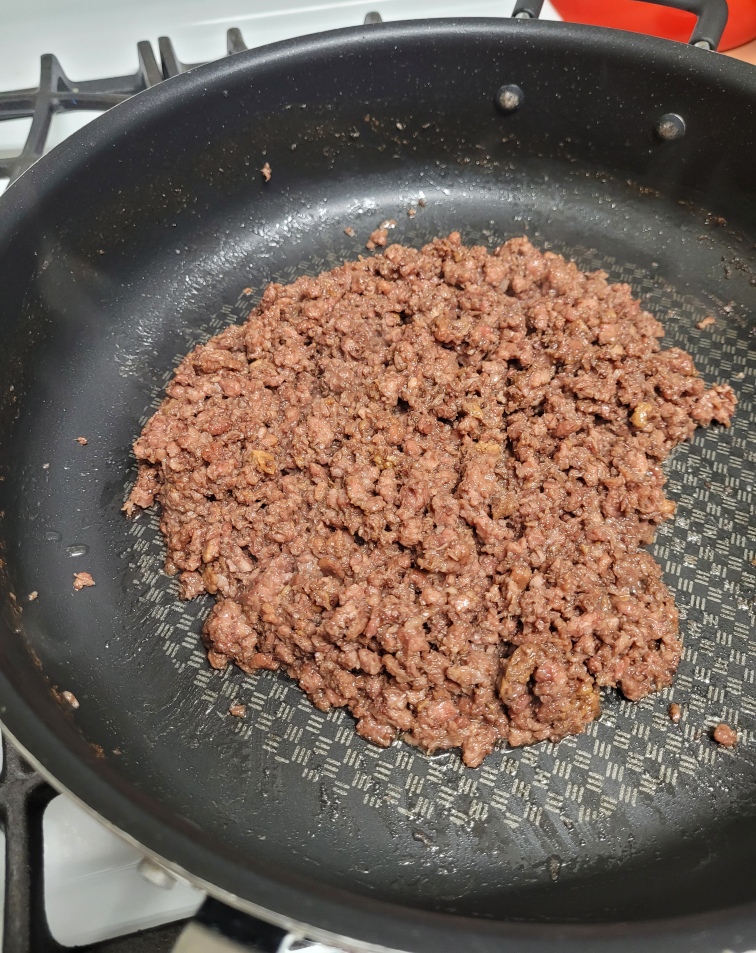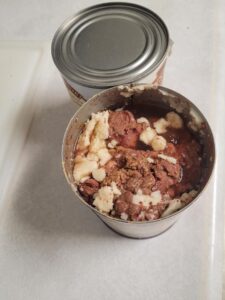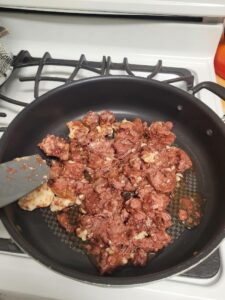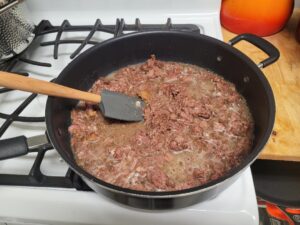A few months back it seemed like you could not find canning lids for love nor money. As it turned out, from what I’ve read, US made canning lids are basically made at only one or two facilities and then sold to the major canning suppliers to be rebranded. Much like how, I am told, there are only a half dozen outfits that actually make AR lowers for all the various brands you see out there.
I was tooling around in the supermarket the other day and, interestingly, there was no shortage of canning lids and other canning supplies. Did the supply chain get caught up? Did the ‘panic’ die down? Probably a combination of both. But much like the Great Primer Scare of the 90’s, it’s a good lesson of how something can go from plentiful to unobtainium in the blink of a news report.
I have no doubt people will populate the comments section with tales of how theyve reused canning lids dozens of times, or that they use the reusable brand of lids and have had barely a hiccup.
This may be true. But its not ideal. As far as I’m concerned, when it comes to jar lids for canning the first choice, by a large margin, are brand new US-made lids from a reputable manufacturer. And I don’t mind spending the money to do that. “But what will you do when you run out of lids?” Well, my first order of business is to have enough of them on hand that this sort of thing is pushed down the ranks of statistical likelihood. The same question could be asked about the guy with the reusable lids….what will you do when they finally get damaged or worn enough that they arent safe to use? Their response will, no doubt, be “that’ll take years”. Well, guess what, I’m buying an equivalent amount of years worth of lids.
I actually don’t can very much at all. Its only in the last year that I’ve started canning some of the meat purchases rather thatn tuck them in the freezer. Prior to that the only things I canned were the occasional gumbo or soup. However, there is an undeniable convenience to having jars of food ready-to-go when you’re hungry. Nothing to thaw and in a pinch you can always eat the room temperature contents without heating.
As Bidenflation continues to screw with food prices (Thanks Brandon!) it makes more sense to, when you find a good deal, capitalize on it and preserve it for that later day when its either unavailable or priced out of your range (either due to job loss or wild inflation). And to do that…lids.
If you’re that rare survivalist who isn’t knowledgeable or informed on the how-to’s of canning, or you’ve just been too intimidated by the process, you really should invest a few bucks and take a swing at it. It’s a marvelous way to preserve food long term without the expense of a freeze dryer or the liability of a blackout-vulnerable freezer.
Recommended reading: Ball Book on Canning
Recommended canner: Anything from All American
Those All-Americans, by the way, are not cheap but it is a buy-once-cry-once sort of thing. Yes, you can buy a Presto or Mirro cheaper but the sheer ruggedness of the AA, and its gasketless design, will pay dividends down the road.
But you know what? Even if you don’t can, pick up a buncha lids because its one of those rare consumer products like matches and .22 rimfire that are cheap to buy, cheap to store, and have virtually no real adequate substitutes that you can make at home.
 CostCo, I would think, doesn’t order things that it does’t see or anticipate a demand for. If that argument is valid, then when CostCo has things like Mountain House freeze drieds, water filters, solar panels, etc, it anticipates a need for them. So…whats the need? Is CostCo suddenly offering canning jars because they’re suddenly aware that people are growing food and might want to preserve it? I suppose, but why would CostCo suddenly come to that conclusion now? Or is CostCo anticipating an economic shift that will increase the demand for canning supplies as people try to squirrel away food against the upcoming Uncertain Future? Or did they just get a smoking deal from Ball? Beats me. Perhaps its a test market thing.
CostCo, I would think, doesn’t order things that it does’t see or anticipate a demand for. If that argument is valid, then when CostCo has things like Mountain House freeze drieds, water filters, solar panels, etc, it anticipates a need for them. So…whats the need? Is CostCo suddenly offering canning jars because they’re suddenly aware that people are growing food and might want to preserve it? I suppose, but why would CostCo suddenly come to that conclusion now? Or is CostCo anticipating an economic shift that will increase the demand for canning supplies as people try to squirrel away food against the upcoming Uncertain Future? Or did they just get a smoking deal from Ball? Beats me. Perhaps its a test market thing.
